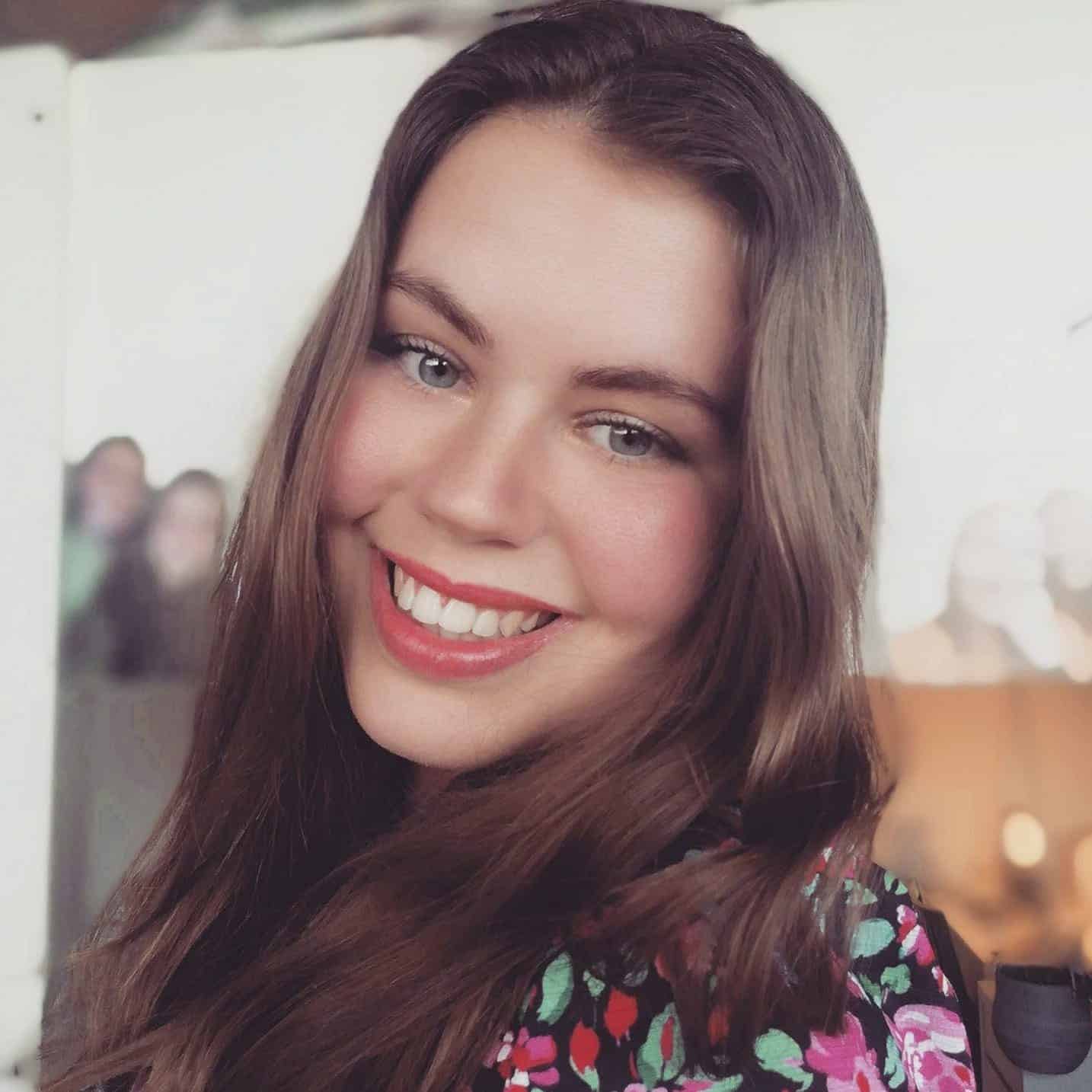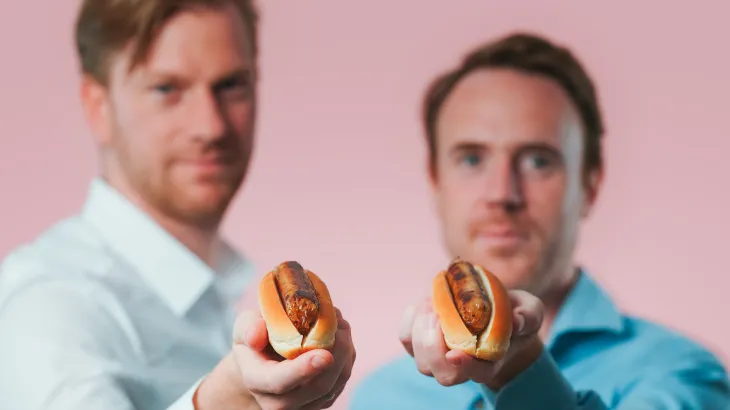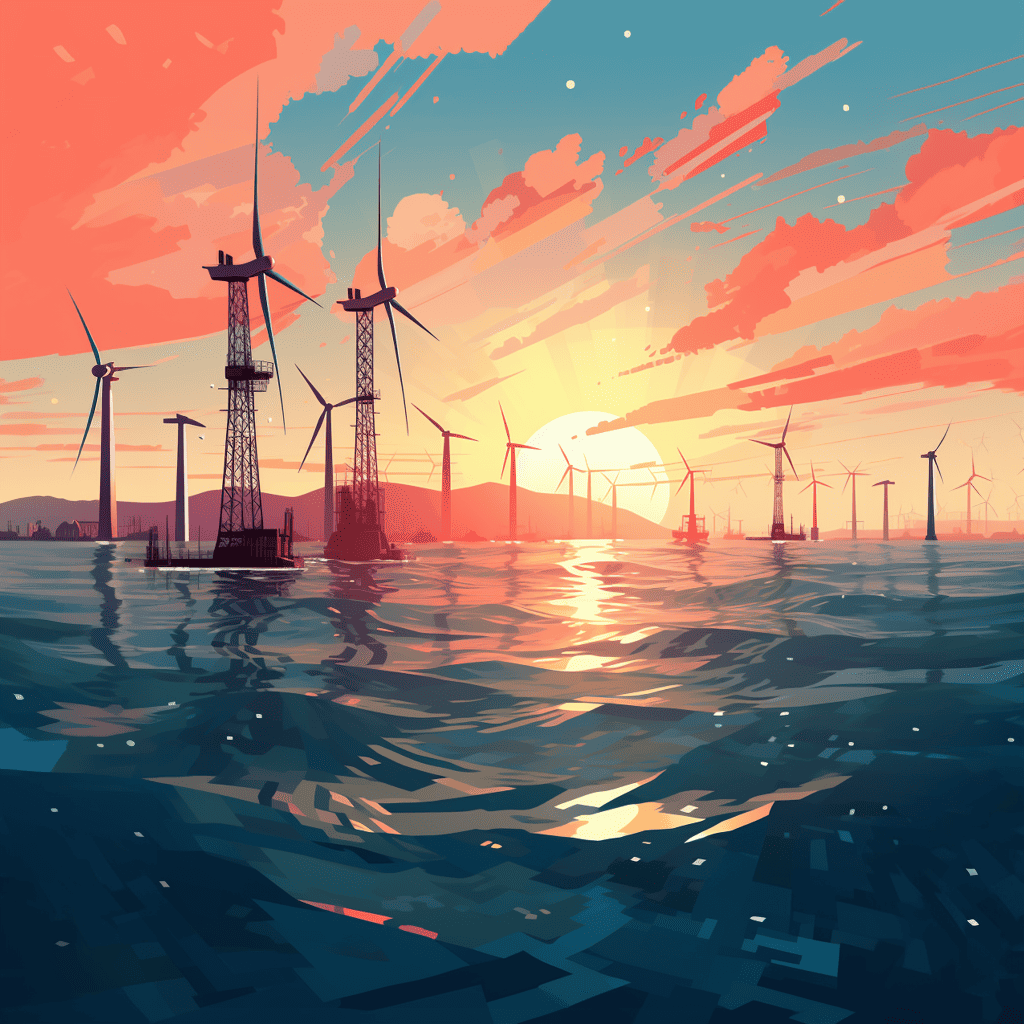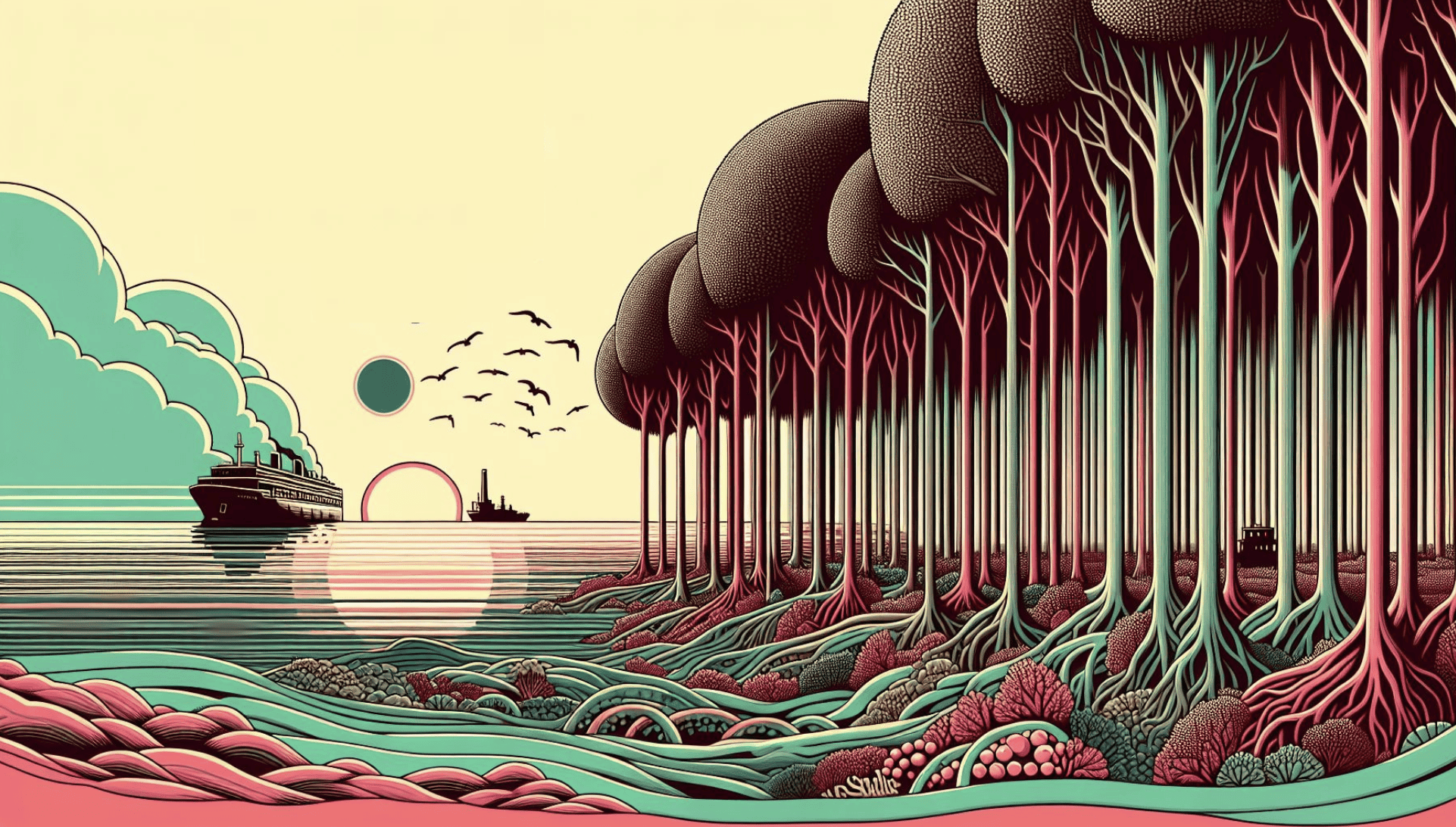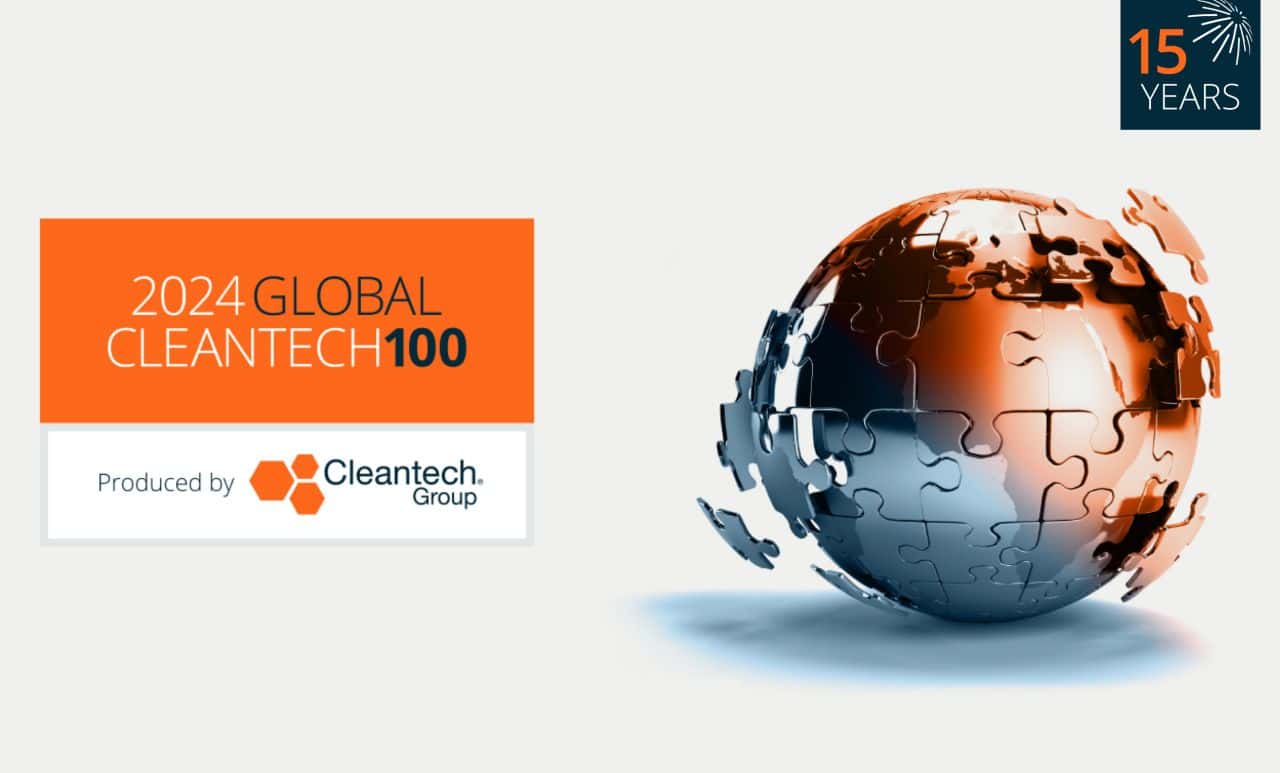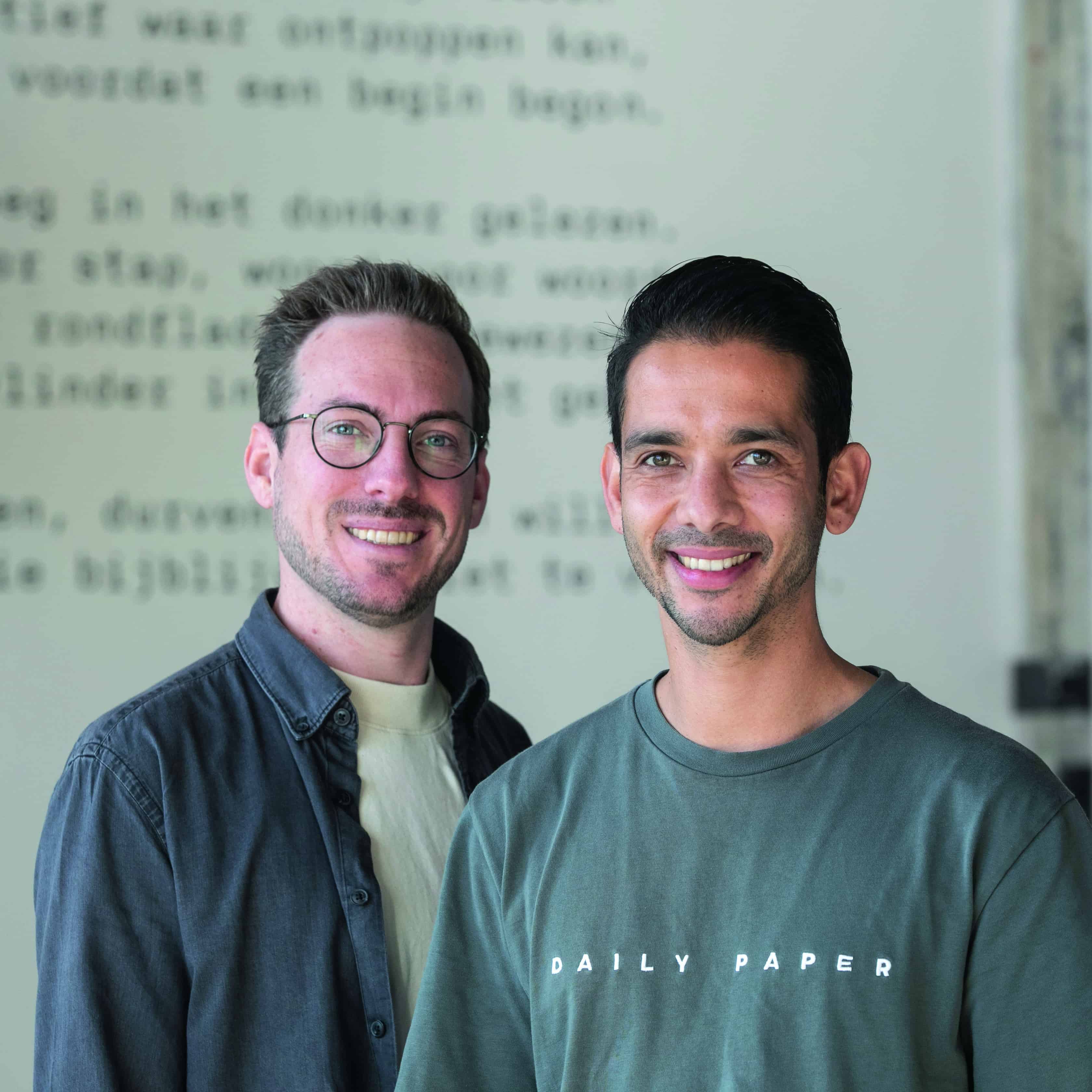
About SEASOGOOD
- Founders: Michael Luesink and Dennis Favier
- Founded in: 2021
- Employees: 7
- Money raised: +/- €1.000.000
- Ultimate goal: replacing all fish instead of catching them
While supermarkets are already full of meat substitutes in all flavors, fish substitutes are still on the rise. The front runner is SEASOGOOD. This start-up was the first to get fish-free tuna on Albert Heijn’s shelves. In this instalment of start-up of the day, co-founder Michael Luesink tells more about the technology company.
How is fish-free tuna made?
“The tuna is made from European soybeans. We can imitate the tuna structure with soybeans, which under pressure and heat get a fibrous structure that, like tuna, ‘falls apart’ a bit. To imitate the taste of tuna, we take seaweed and algae from the sea. In this way, we add omega-3 fatty acids. Many people think that these nutrients are found naturally in fish, but it is in fish because they eat seaweed and algae. So we add the food of the fish so we don’t need the fish.”
Why fish-free tuna?
“The fishing industry has a major impact on the oceans: ninety percent of all fish species are overfished. As a result, ecosystems become unbalanced. Tuna is the world’s most consumed and most overfished fish species. It made sense for us to start substituting tuna because that’s where we make the most impact.”
Will you just stick with tuna?
“Certainly not. At the end of this year we will also be marketing new plant-based fish such as shrimp, white fish and salmon. For future fish-free fish species, we are also looking at other vegetable proteins such as wheat, peas and Dutch field beans. We have many product developers in our team who look at which technique is suitable for creating a certain texture.”
How did you come up with the idea?
“We wondered why no one was doing this yet. We noticed that there is a lot of focus on replacing meat, but 70 percent of the earth consists of oceans. To make an impact, we need to focus more on that.”
What products do you sell and to whom?
“We have three flavors of tuna: natural, tomato-flavoured and lemon-flavored. We started with canned tuna, but now also have a tuna salad and tuna in bulk packs. Canned tuna is for consumers and tuna salad for catering. Bulk packaging is for catering establishments and industries that make their own pizza, for example.”
After a year and a half, your products are available at Albert Heijn, Plus, Makro, and HelloFresh. How did you manage that?
“Dennis and I are experienced product developers in the meat substitute industry. In 2014 I founded the meat substitute brand BOON for the Food Innovation study and made contact with Albert Heijn. That brand entered their supermarkets in 2015. During that time I learned what steps you need to take to go from a starting company to a customer like Albert Heijn. I already knew that when I founded SEASOGOOD. And the fact that I already had contacts at Albert Heijn also helped.”

There are more meat substitutes than fish substitutes in supermarkets. Is it more difficult to develop fish substitutes?
“In principle, the techniques can be compared with each other, so it’s not more difficult. It is mainly about developing a sensation for the mouth, texture, and taste. However, meat substitutes have been around for more than twenty years, while fish substitutes have not. Much more has therefore already been invested in product development for meat substitutes. If you want to make a meat substitute, you will find parties that have already developed a whole palette of ingredients. Because we develop fish, we have to invent that whole palette ourselves.”
What was it like to get financing?
“Since we are in a new category, that of fish-free fish, everyone is still very excited. Many people have never seen or eaten fish-free tuna. We therefore receive a lot of attention from magazines and newspapers, which is why a number of large investors have approached us themselves. Of course it was still hard work and we also approach investors ourselves, but the publicity made it easier.”

You produce for the Netherlands in the Netherlands. Does it stop there?
“No, we are going to enter the Spanish market this year. Five times as much tuna is eaten there as in the Netherlands. We may produce the tuna in the Netherlands, but if things go well, we also want to start producing locally in Spain in the future. And if our products are successful there, we will also look at the rest of Europe.”
Why not produce locally right away?
“We first need to see how consumers respond to our products before we can scale up. Because the fish-free market is still very small, you can’t just start a business anywhere. We want to be the first mover in Spain, just like in the Netherlands. We hope it will be just as successful there as it is here.”
What’s your greatest challenge?
“Because we are in a new segment, the acceptance of our products is not that high yet. The greatest challenge for us, therefore, lies in explaining why oceans are so important for life on earth. The Netherlands is reasonably ahead in this awareness, but here too there is still a lot of ignorance. We need to get the discussion going globally. That is why we want to pay more attention to that story. For us, giving up is not an option. Our mission is too important for that. “

